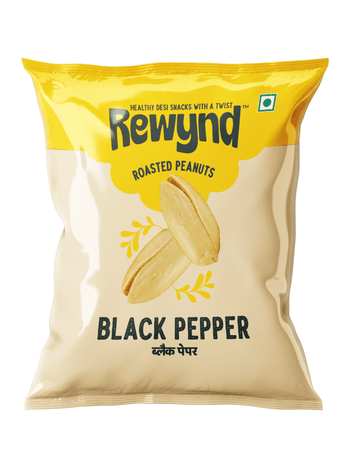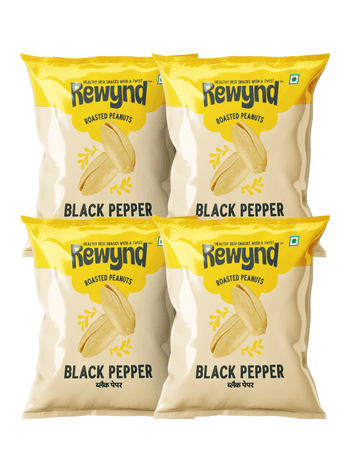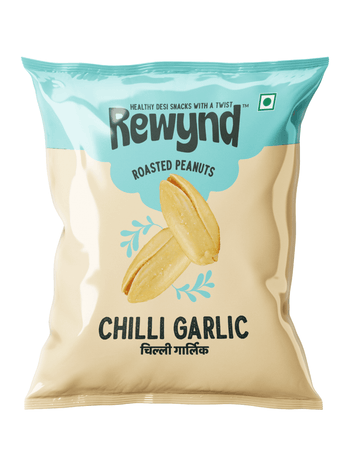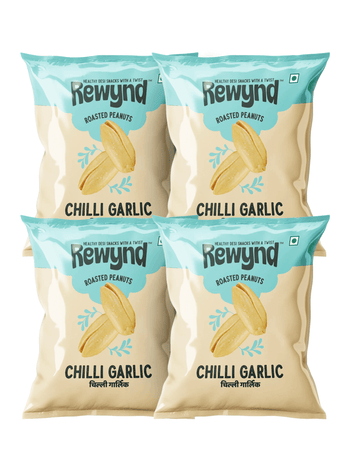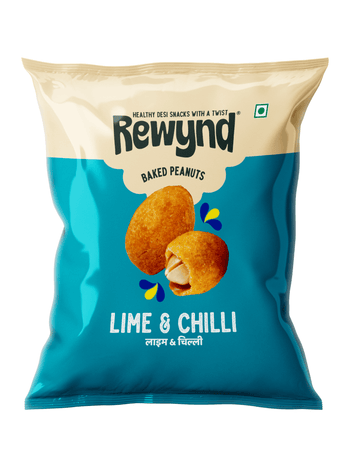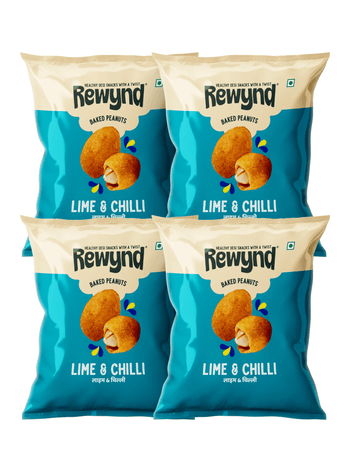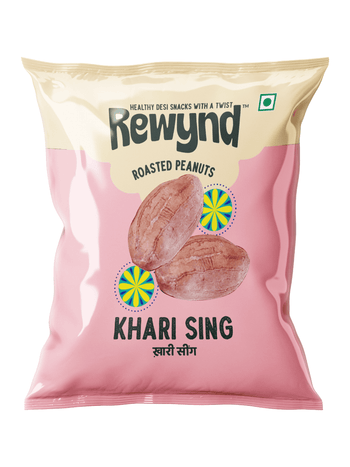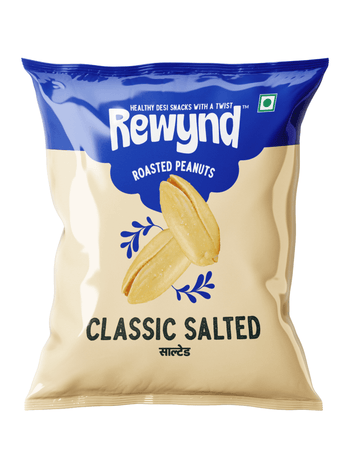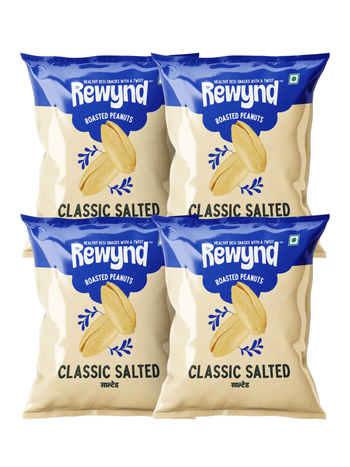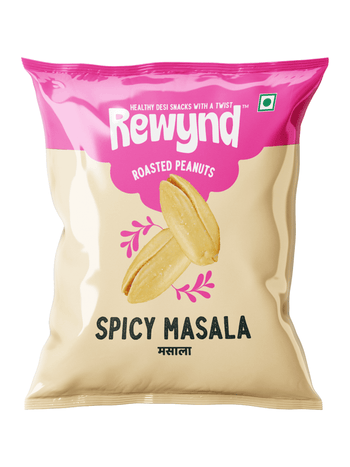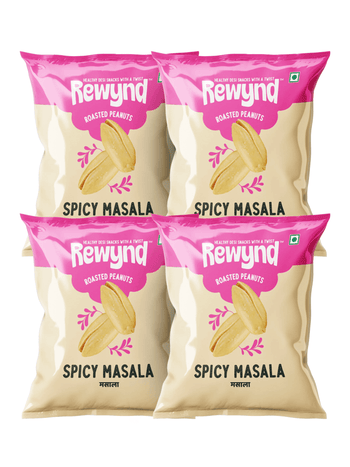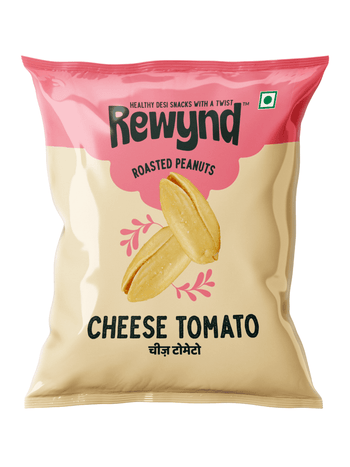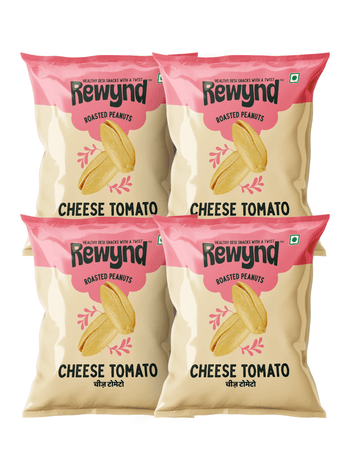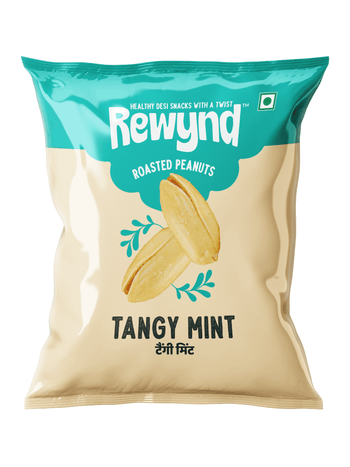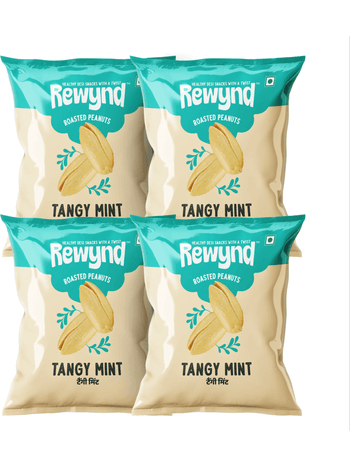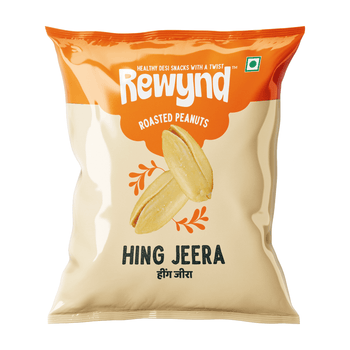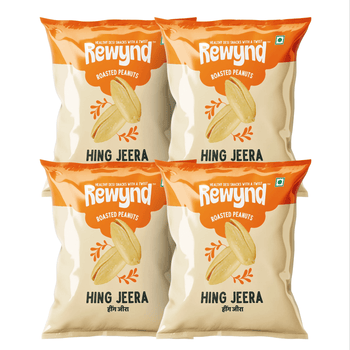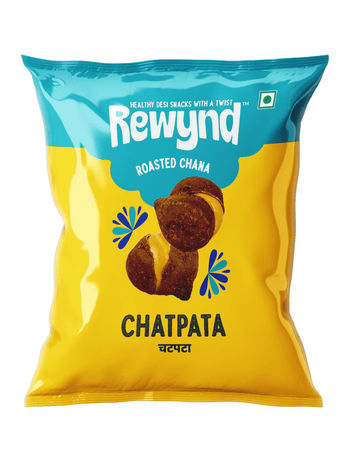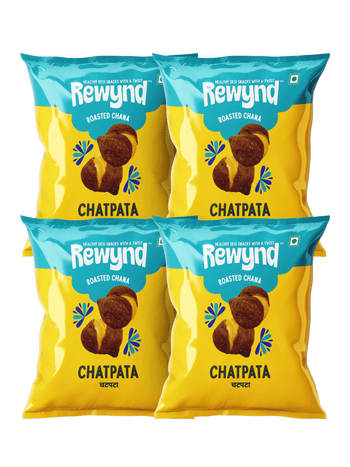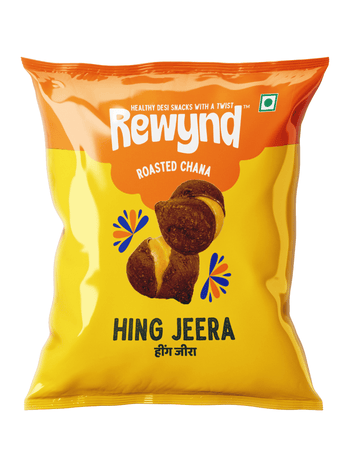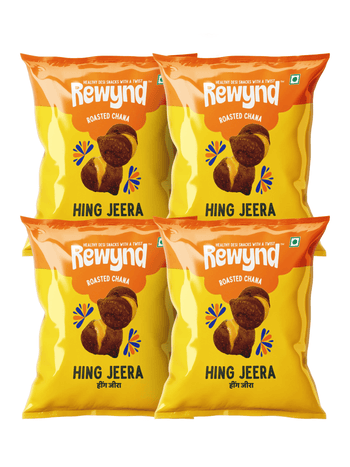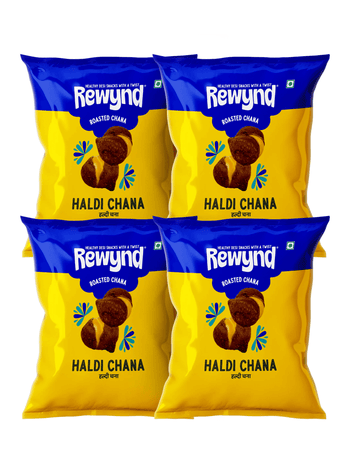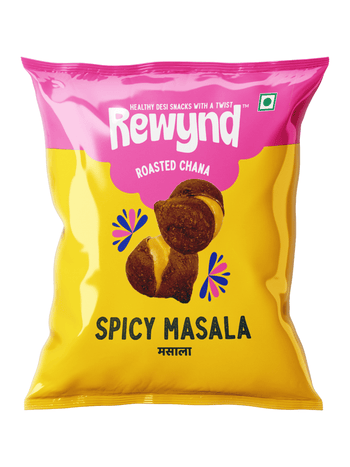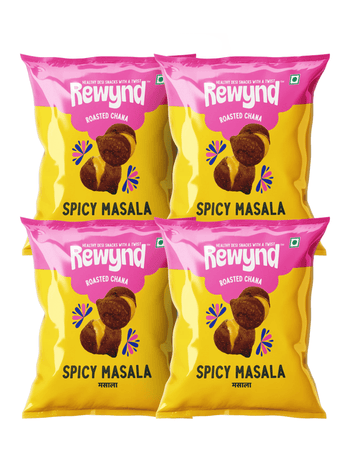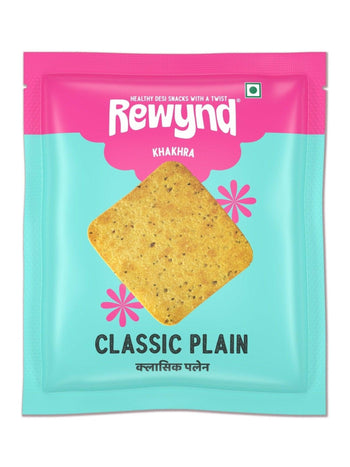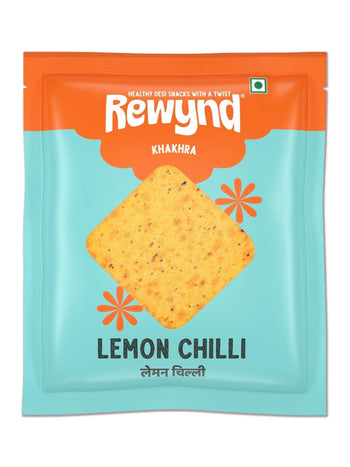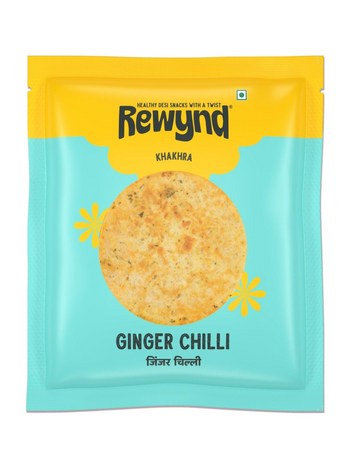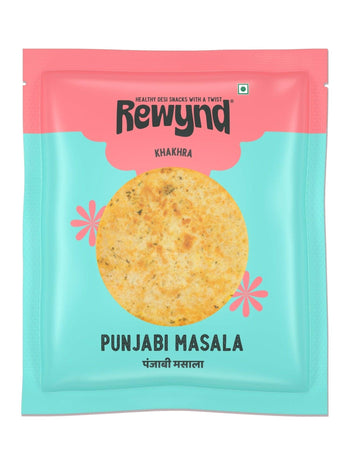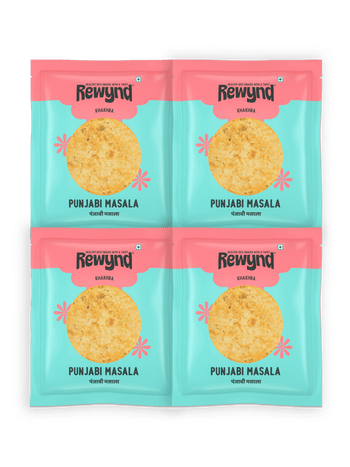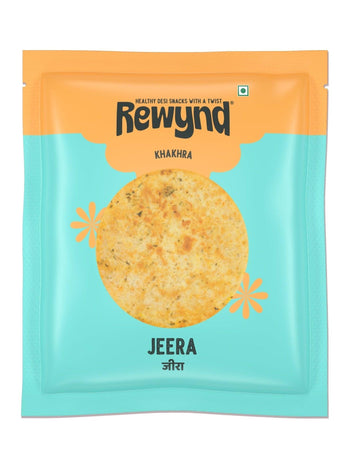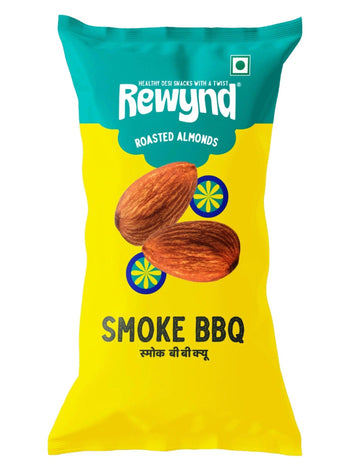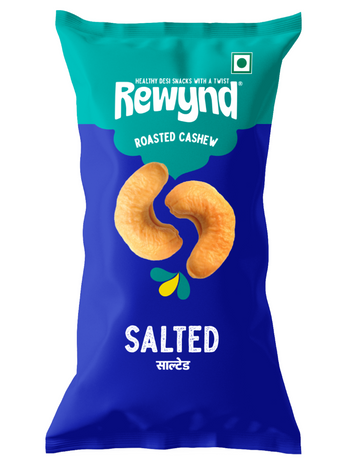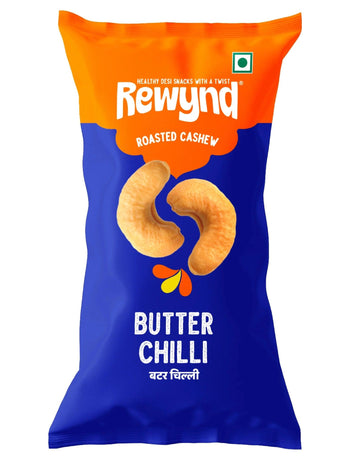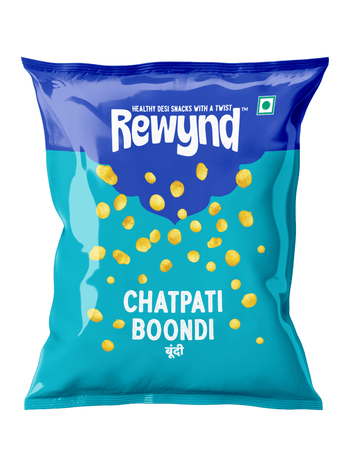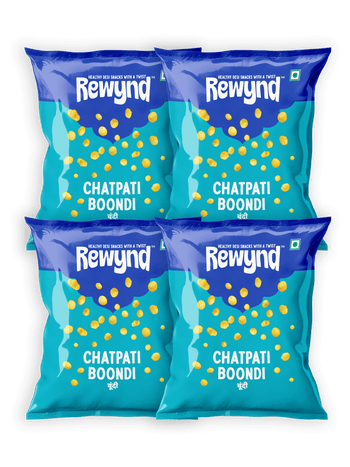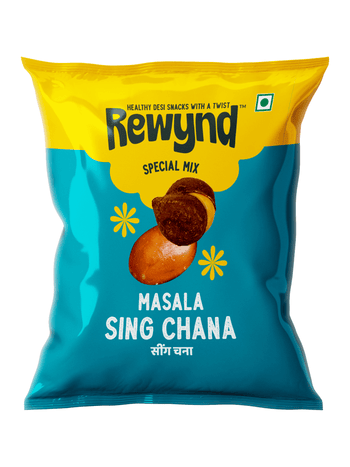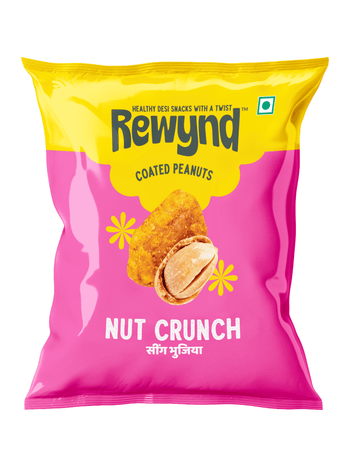The Fascinating Journey of Cashews: From Discovery to Global Delicacy
Cashews – the creamy, crunchy, and irresistible nuts that have found their way into our snacks, desserts, and even savoury dishes – have a history as rich as their taste. But have you ever wondered where they came from and how they became one of the most loved nuts worldwide?
Let's uncover the incredible journey of cashews, from their discovery in Brazil to their cultivation in India and their rise as a global snack phenomenon.
Cashew's Origin: From Brazil to the World
Cashews (scientific name: Anacardium occidentale) originated in northeastern Brazil, where they grew in tropical climates. The indigenous Tupi-Indian tribes were the first to consume cashew nuts and cashew apples. However, early explorers thought cashews were inedible due to the toxic resin in the shells.
It wasn't until the Portuguese arrived in the 16th century that the secret of roasting cashews to remove the irritant was discovered. This simple yet crucial step changed everything, making cashews safe to eat and unlocking their potential as a nutrient-rich superfood.
Cashew Myth Buster: Many people think cashews grow like other nuts, but they grow outside a cashew apple! Unlike almonds or peanuts, cashews must be hand-processed to remove their outer shells containing skin-irritating oils.
Cashews Arrive in India: The Portuguese Influence
By 1560, Portuguese traders introduced cashews to India, specifically in Goa, as part of their agricultural expansion. Initially, cashew trees were planted to prevent soil erosion and for afforestation. However, it wasn't long before locals recognized the nut's medicinal properties and economic value.
As cashews adapted beautifully to India's warm, coastal climate, they soon spread beyond Goa to the southern and western states, making India one of the leading cashew producers in the world.
Fun Fact: The name "cashew" has its roots in the Portuguese word "Caju", which itself comes from the Tupi word "Acajú", meaning "nut that produces itself".
The scientific name, Anacardium occidentale, combines Greek and Latin influences—"Ana" meaning upward, "Cardium" referring to its heart-shaped fruit, and "Occidentale" indicating its Western origin. Over time, cashews have been known by different names across cultures, but one thing remains the same—their irresistible taste and rich history!
Where Are Cashews Grown in India?
India is the second largest cashew producer, processor, and exporter, supplying premium-quality nuts worldwide. The major cashew-producing states include:
-
Goa – The first Indian home of cashews, still known for high-quality production.
-
Kerala, Karnataka, Maharashtra – Cultivating cashews along the Western Ghats.
-
Tamil Nadu, Andhra Pradesh, Odisha, West Bengal – Spanning the eastern coastline.
-
Chhattisgarh, Assam, Manipur, Tripura, Meghalaya, and Nagaland – Expanding cashew farming in newer regions.
India's Global Impact:
- In 2023, India produced 782,000 tonnes of cashews, becoming the second largest producer.
- In 2021, India exported $1,075,179.53 and 881,974,000 kg of cashews to the world, becoming the third largest exporter.
Modern-Day Cashew Industry: From Farms to Snacks
Cashew processing has evolved significantly over the years. Unlike traditional hand-processing methods, modern factories use advanced techniques like steam roasting and automated shelling to meet the ever-growing demand for high-quality cashews.
India plays a crucial role in the global cashew trade, contributing over $4 billion annually. Beyond whole cashews, the industry has expanded into:
-
Flavored Cashews – Roasted with spices, herbs, and seasonings like Rewynd's Salted Cashew, and Butter Chilli Cashew.
-
Cashew-Based Products – Cashew butter, cashew milk, and even cashew-based vegan cheeses.
-
Cashew Apple Products – Used in jams, beverages, and even fermented into cashew feni (a traditional Goan liquor).
What's Next for Cashews? The Future of the Industry
With growing awareness of healthy snacking, the demand for cashews is set to increase globally. The future of the cashew industry lies in the following:
-
Sustainable Farming – Encouraging organic cashew cultivation and eco-friendly processing.
-
Innovative Cashew Products – From plant-based dairy alternatives to cashew protein bars.
-
Increased Exports – Strengthening India's position as the global cashew leader.
Cashews are no longer just a snack but an integral part of modern diets, offering heart-healthy fats, protein, and essential nutrients. Whether eaten raw, roasted or in innovative new forms, cashews continue to be a global favourite with a fascinating legacy.
So, the next time you enjoy a handful of cashews, remember - you're indulging in a nut with a 500-year-old journey!

